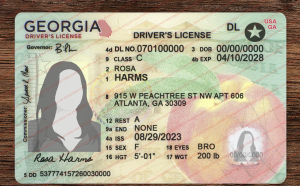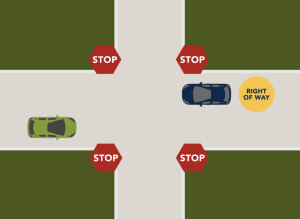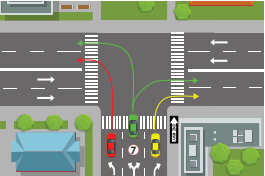General Requirements
-
Residency
If you move into Georgia, you must get a Georgia driver’s license (or permit) within 30 days of becoming a resident. -
Age
-
At least 15 to apply for a learner’s (Class CP) permit.
-
At least 16 for a provisional license (Class D), with permit held for at least 1 year and 1 day.
-
18 or older for a full Class C license as a first-time driver.
-
-
Testing
-
Vision exam is required.
-
Knowledge exam (road rules, signs) for permit & license.
-
Road skills test for some license classes (especially provisional / full license) after permit period.
-
-
Learner’s Permit / Supervised Driving
-
Must hold a learner’s permit (Class CP) for at least 1 year and 1 day before applying for the provisional license (Class D).
-
During permit period: supervised driving and restrictions (who is in car, etc.).
-
-
Driver Education / Joshua’s Law
For those under 18, Georgia requires completion of driver education and 6 hours of behind-the-wheel training, plus certain hours of supervised driving with a parent. Also must complete ADAP (Alcohol and Drug Awareness Program). Joshua’s Law refers to those teen driver ed requirements. -
Restrictions, until certain age / conditions
-
Curfew: with a provisional (Class D) license, no driving between midnight and 5 a.m.
-
Passenger limits: first 6 months only immediate family; after that one under-21 passenger who’s not family; later up to three after a year.
-
-
Documentation
You’ll need documents proving identity, legal status, social security number (or proof ineligibility), Georgia residential address. -
Fees
There are fees (permit, license, renewal), which vary by class.





